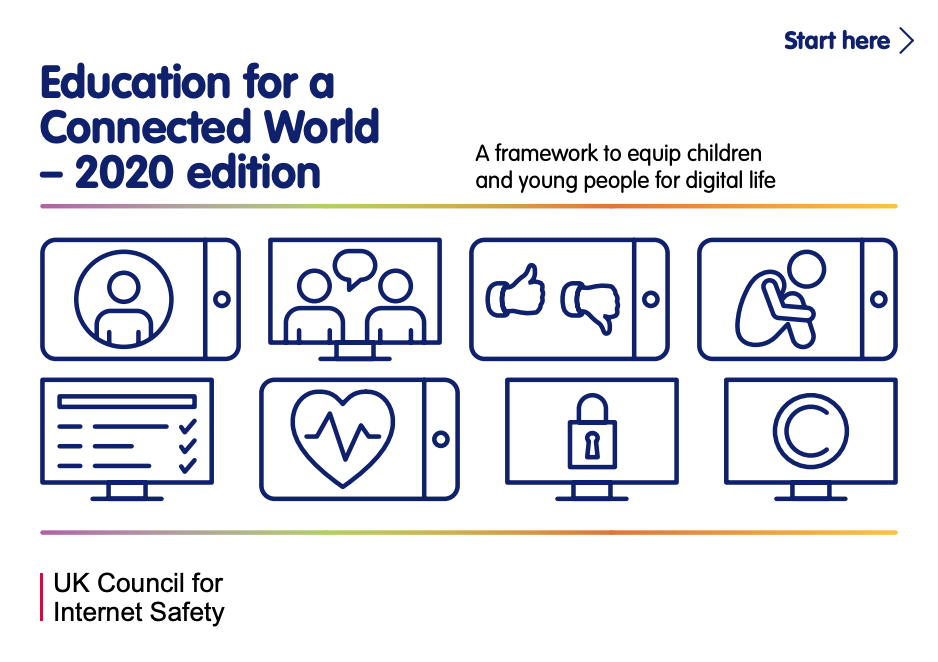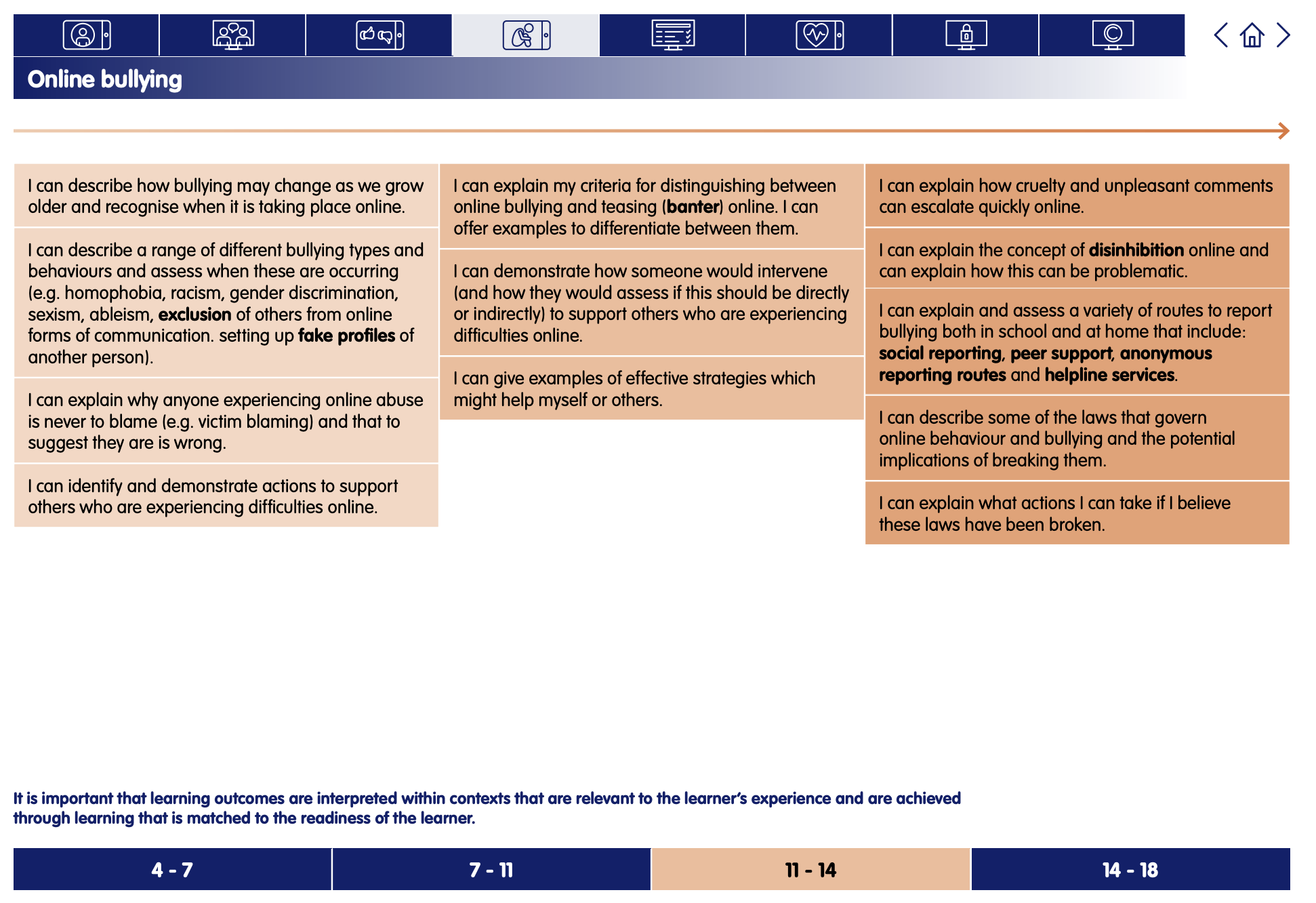Upstanders and Allies
Digital Literacy and Online Safety (Y8) - Lesson 5
A note about this lesson

This lesson is taken from Common Sense Education’s excellent Digital Citizenship curriculum. Their resources are shared for free under A Creative Commons Attribution- NonCommercial- NoDerivatives 4.0 International License.
You can find the original resources HERE.
Objectives
Lesson 1 - My Media Use: A Personal Challenge
Lesson 2 - Big Big Data
Lesson 3 - The Power of Digital Footprints
Lesson 4 - My Social Media Life
Lesson 5 - Upstanders and Allies
Lesson 6 - Copyright and Fair Dealing
Links to Education for a Connected World.
This lesson from Common Sense Media's Digital Citizenship curriculum links to the following strands from the Online bullying section of the Education for a Connected World framework.
Call on volunteers and follow up by asking: Do you mind sharing it with us? Or is it embarrassing? If learners are comfortable sharing it, have them do so.
2. Say: OK, so what if, as a joke, I just started calling you that? Would that be OK?
Call on volunteers to respond. If necessary, clarify that it depends on how the person feels about it. It might be OK, or it might not.
Call on volunteers to respond. Learners may say it depends on the adjective you choose and your relationship with the person. If necessary, clarify that it also depends on how the person feels about it. If the recipient doesn't like it, then it's not OK.
Call on volunteers to respond. Most will likely say "No, it's not OK." Some might say it depends on your relationship with the person and whether you're joking. Clarify that the person likely would not feel good about being called that, regardless of your relationship, and so it's probably not OK. If you're really good friends, you tease each other a lot like that, and the person is OK with it, then maybe it's not that bad.
Call on volunteers to respond. Most will likely say "No, it's not OK." Clarify that you agree, that under no circumstances would it be OK. Identify the behaviour as cyberbullying, which is using digital devices, sites and apps to intimidate, harm and upset someone. (Slide 4).
Allow learners to pair-share and then call on volunteers. Showing empathy can help learners:
- Make decisions about how they treat people.
- Make decisions about how they allow others to treat them.
- Build relationships with others.
- Decide on what they think is right and wrong.
Assemble groups of four learners and direct their attention to Part 2 of the handout. Read the directions aloud. Assign a different role to each member of the group or allow groups to choose their own roles. No roles should be duplicated within a group. (Slide 8)
- As learners provide possible actions, follow up by asking: Why might that action have been difficult for the person to do? Is there something else they could've done instead?
- Point out that some of the actions mentioned are examples of being an "upstander" or an "ally". An upstander is someone who responds to a bullying situation by confronting the bully directly or by telling a trusted adult. An ally is someone who responds to a bullying situation by supporting the person being bullied (e.g. checking in with them, being a friend to them, etc.). (Slide 10)


